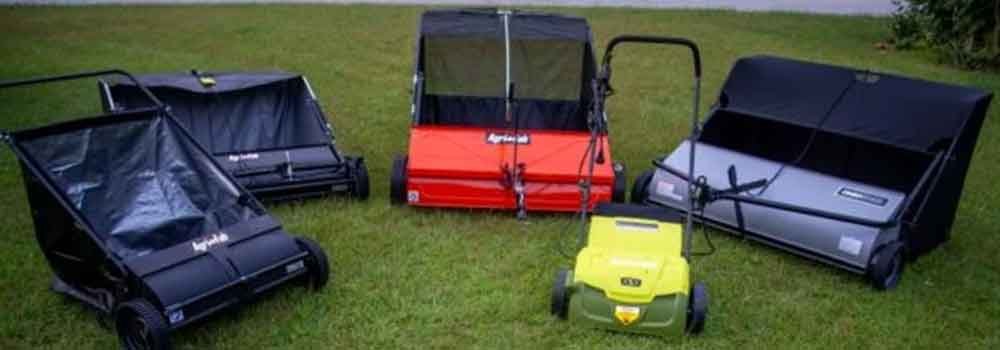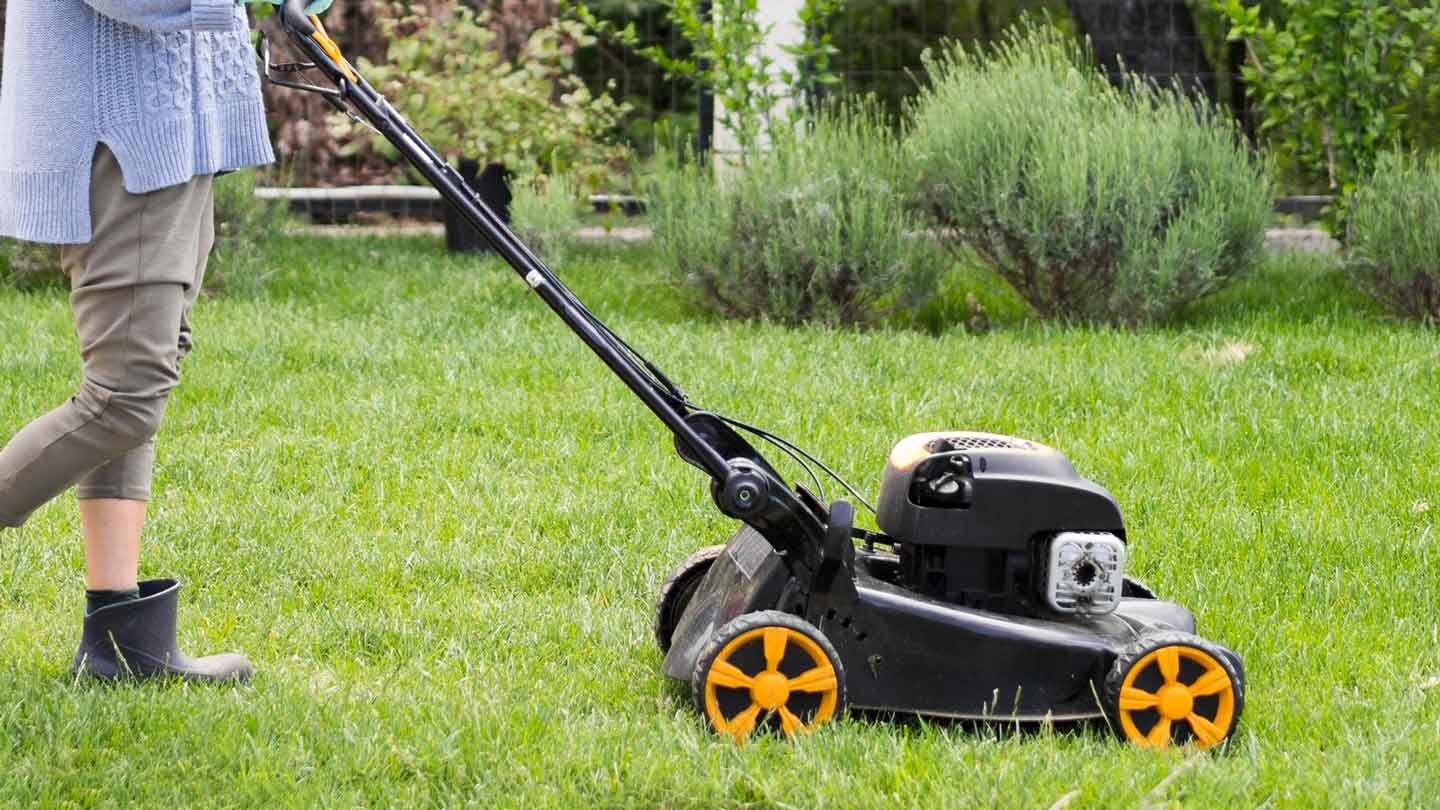Tow-behind lawn sweepers attach to tractors or ATVs to clear yards of debris with ease. Tow-behind designs efficiently cover large properties. Choosing an appropriate heavy-duty model along with proper usage techniques keeps lawns pristine.
High airflow prevents clogging when collecting heavy wet leaves. For leaves mainly, focus on wider sweepers and large hoppers. Assess needs fully before investing to get the ideal sweeper.
This guide covers key factors in selecting, operating and maintaining a tow-behind sweeper for a immaculate landscape. Therefore, continue reading before you look for lawn sweeper vs bagger.
Types Of Tow-Behind Sweepers

Tow-behind sweepers feature sturdy steel frames with hitch attachments for towing. Models range from 3-point tractor mounted to pull-behind units for ATVs. Standard sweepers use bristled brushes while robust dethatching designs employ stiff nylon bristles for deeper debris removal.
Sweeper widths vary from 42 to 72 inches or more. Gas-powered engines drive the brushes, although electric and PTO-operated models exist too. Compare tow-behind units based on: sweeping width, hopper capacity, brush adjustability, ease of dumping, and durability for your terrain.
High-quality brands include Agri-Fab, John Deere, Ohio Steel, and Sweepster. Choose the right tow-behind sweeper size based on your mowing implements to cover lawn area efficiently in fewer passes.
Choosing The Right Sweeper

Match the tow-behind sweeper to your specific lawn needs and conditions. For small, simple yards, a basic 3-point hitch unit will suffice. Larger, undulating properties demand more rugged pull-behind models with higher brush heights to negotiate slopes and uneven terrain.
Adjustable brush elevation better adapts to lawn variation. Account for the debris type as well. Bristled units work for leaves and grass. Stiffer dexthatching bristles remove sticks, pine needles and embedded debris.
If emptying the hopper becomes difficult consider a sweeper with hydraulic lift or tow hitch release for quick unloading. Durable dual brushes ensure longer service life.
Using Proper Techniques
Adjust as needed for terrain variation. Maintain a moderate speed to allow brushes time to collect debris. Slowing on turns prevents ejecting contents prematurely. Make overlapping passes, each swath slightly overlapping the previous, to ensure full coverage.
Take care near landscaping and delicate plants so bristles don’t damage them. Sweep downwind so windrows funnel naturally into the sweeper’s path. Keep to slopes perpendicular to contours to prevent tipping and sliding, or avoid steep pitches altogether.
Alternate direction on successive passes for a neat finish. Correct techniques prevent scattering debris and minimize lawn disturbance, leaving a clean surface.
Emptying And Cleaning The Hopper
Check hopper contents frequently and empty as needed before overflowing occurs. Drop or pivot the hopper down and wheelbarrow the debris away. Some models feature a hydraulic lift or dump lever for quick unloading.
Routinely inspect inside the hopper for clogs or buildup around shafts and moving parts. Remove accumulated debris with a small trowel or stick. Avoid reaching hands inside with power attached.
Rinse or hose out the hopper to prevent rotting organic matter. Adjust or replace worn bristles to maintain optimal sweeping action. Proper emptying and cleaning ensures the hopper and brushes function as intended for debris-free dichondra in lawn.
Storing And Maintaining The Sweeper
Prepare tow-behind sweepers for off-season storage to maximize lifespan. Thoroughly clean brushes, hopper and chassis to remove all debris, which attracts pests and causes corrosion.
Lubricate pivots, bearings and moving parts per manufacturer recommendations. Apply antioxidant to metal surfaces. Replace worn parts like decrepit bristles. Check tire pressure. Fully charge electric models.
Store the sweeper off the ground in a sheltered area protected from weather and moisture. Maintain brushes and mechanics during the season too for optimal performance. Sharpen blade edges around brush mounts periodically to prevent buildup there when sweeping leaves.
Conclusion
Selecting a heavy-duty tow-behind model suited to your terrain enables thorough debris removal in fewer passes. Achieve spotless lawn appearance year-round with a trusty tow-behind implement.
Confirm adequate airflow if hopper clogs frequently. Finally, ensure the debris load isn’t exceeding the hopper capacity. Follow safety measures diligently. Identifying and addressing common issues keeps your tow-behind sweeper clearing debris smoothly.
Keep tires properly inflated for ease of towing. Follow all maintenance schedules and steps outlined in the owner’s manual. Proper upkeep means your tow-behind sweeper stays in top working condition for years.










